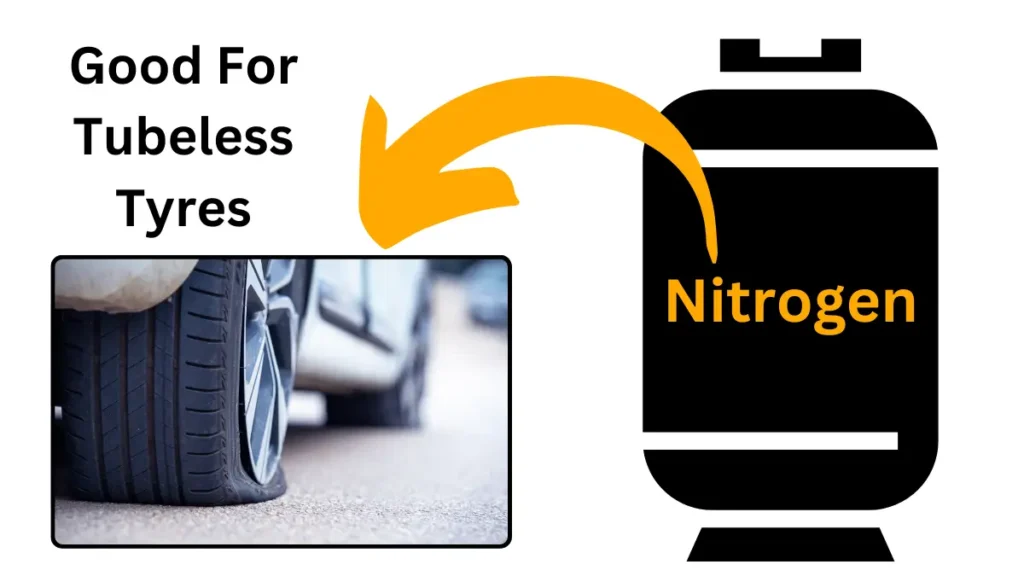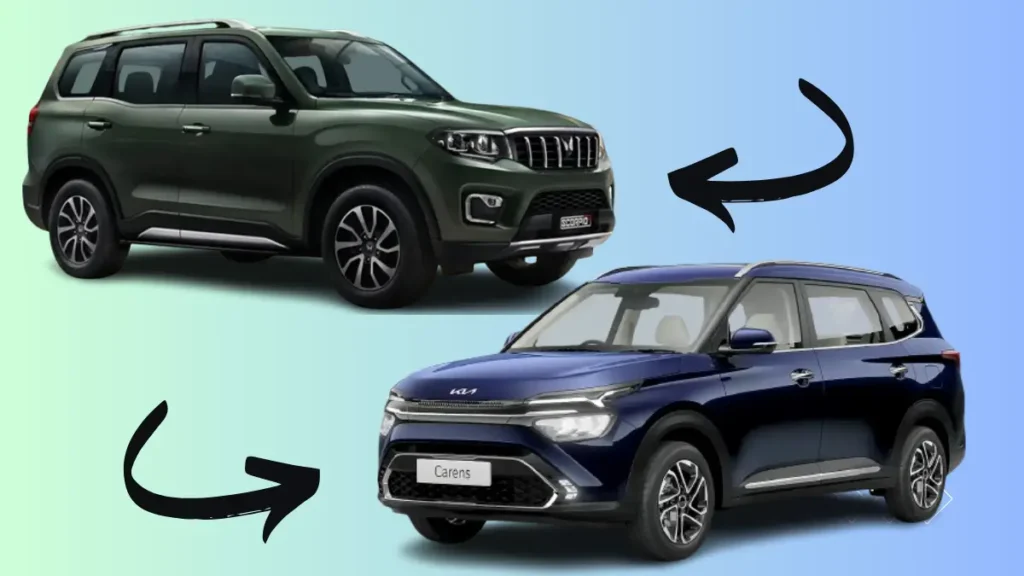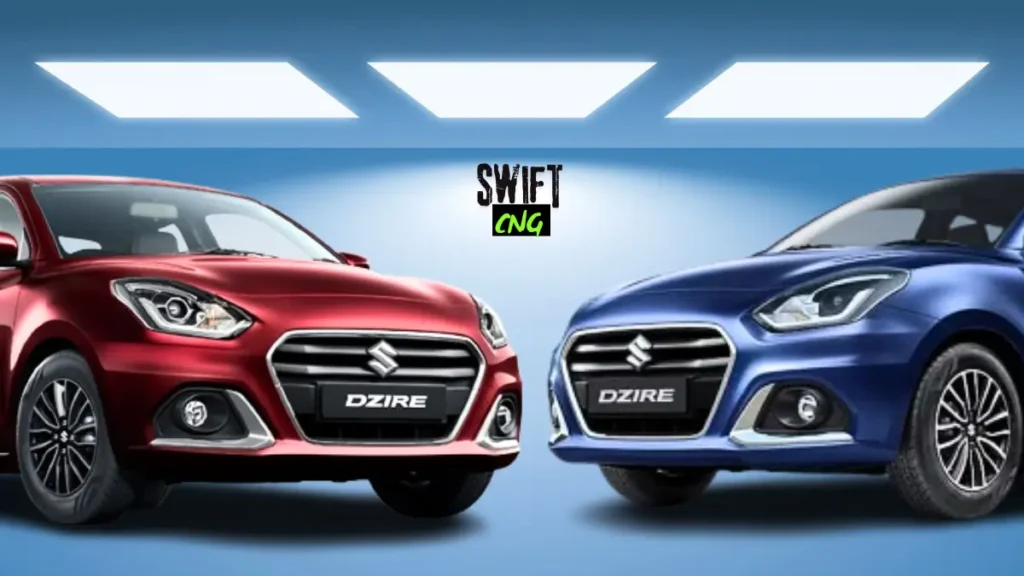Which Air Is Good For Tubeless Tyres: Let’s talk about something that’s often overlooked when it comes to car maintenance: the type of air you use for your tubeless tyres. You might think, “Air is just air, right?” Well, not exactly. Just like how you wouldn’t use any kind of fuel for your car, there’s a bit more to the air you use in your tyres. So, in this friendly guide, we’re going to break it down and explain what’s best Air for Tubeless Tyres to keep them running smoothly, safely, and efficiently.
What Are Tubeless Tyres? Let’s See
First things first, let’s quickly recap what a tubeless tyre is, especially for those who might be newer to car care. Tubeless tyres, as the name suggests, don’t use an inner tube like traditional tyres. Instead, the air stays inside the tyre because it forms a tight seal with the rim of the wheel. This design helps prevent air loss and reduces the risk of a flat tyre. It’s also why these tyres tend to be more durable and are a popular choice for modern vehicles, including most of the cars you see on the road today.
The beauty of tubeless tyres is that, in many cases, if you get a puncture, the tyre can seal itself up, meaning you might not even need a new tyre or an immediate repair. But there’s one thing that still needs attention, how the tyre is inflated, which brings us to the big question: what type of air is good for tubeless tyres?
Which Air Is Good For Tubeless Tyres?
What’s the Deal with Air for Tubeless Tyres? We know air is a pretty simple thing, oxygen, nitrogen, and a mix of other gases fill the air around us. But when it comes to tyres, especially tubeless ones, not all air is created equal. You have a few options: regular air, nitrogen, and sometimes even specific mixtures designed for performance vehicles. Let’s look at each of these.
Regular Air: Air for Tubeless Tyres
Regular air is what most of us use in our tyres. It’s the air we breathe and comes from the compressor at your local garage or your own air pump at home. Most of us don’t even give it a second thought. But is it actually okay to use in tubeless tyres? The answer is yes, absolutely.
The reason regular air works well is that it’s a mixture of gases, mainly nitrogen (about 78%), oxygen (around 21%), and a small amount of other gases. This mix is fine for general car use and day-to-day driving. However, because regular air contains oxygen, there’s a possibility that it could contribute to a slow degradation of the tyre over time, especially with heat. The oxygen can interact with the rubber of the tyre, causing it to break down a little faster than if nitrogen were used.
That being said, if you’re just driving around town, taking care of basic maintenance, and getting your car checked regularly, regular air is just fine. It’s convenient, easy to get, and won’t harm your tubeless tyres in the short run.
Read Also: What is the main problem with CNG Cars in India?
Nitrogen: The Next One Air for Tubeless Tyres.
So, if regular air is fine, why would anyone consider nitrogen? Well, nitrogen has become pretty popular in recent years, especially in higher-performance cars and racing vehicles. Nitrogen is actually a better choice than regular air for a few reasons.

- Stable Pressure: Nitrogen is less likely to leak out of the tyre compared to oxygen. Oxygen molecules are smaller and can pass through the rubber more easily. Nitrogen, being a larger molecule, stays put longer. This means that your tyre pressure will stay more consistent over time, reducing the chances of under-inflation or over-inflation, both of which can lead to premature tyre wear.
- Less Moisture: When you inflate tyres with regular air, the air is often filled with moisture (water vapor). Over time, this moisture can cause the inside of your tyres to rust, especially if you live in a humid climate. Nitrogen is dry, so it eliminates that risk.
- Improved Performance: For performance vehicles, keeping the tyre pressure steady is critical. When you’re pushing the car to higher speeds or handling it in more extreme conditions, fluctuations in tyre pressure can affect stability and performance. Using nitrogen helps maintain that pressure, which is why it’s a favorite for race cars, sports cars, and high-performance vehicles.
- But here’s the catch: while nitrogen has these benefits, it’s often more expensive and less readily available than regular air. Plus, unless you’re driving a high-performance vehicle, you might not notice a huge difference in your everyday driving experience.
Read Also: What is the real mileage of Tata Punch CNG?
What About Other Gases or Mixtures?
For most of us, the options of regular air or nitrogen are the primary choices. However, there are some special cases, particularly for high-end vehicles, trucks, or off-road vehicles, where a combination of gases might be used. For example, some tyre manufacturers fill tyres with a blend of nitrogen and other gases to achieve a very specific balance of performance characteristics. But these cases are relatively rare, and unless you’re in a very specific situation, you likely don’t need to worry about them.
How Often Should You Check Your Air Pressure?
No matter which type of air you use, it’s important to maintain the right tyre pressure. For tubeless tyres, just like any other tyres, maintaining the right pressure is essential for safe driving, better fuel efficiency, and ensuring your tyres last longer.
The general rule of thumb is to check your tyre pressure at least once a month and before long trips. If you live in an area with significant temperature changes, it’s a good idea to check more often. Tyre pressure can fluctuate with the weather, cooler temperatures can cause pressure to drop, while hot weather can make it rise. So, it’s always better to be on the safe side.
To check your tyre pressure, you can use a simple tyre pressure gauge. Many petrol stations have them, or you can buy one for a few dollars to keep in your car. Just make sure the tyres are cold when you check them because heat from driving can cause the pressure to read higher than it actually is.
Is One Type of Air Really Better Than the Other?
Here’s the thing: there’s no need to overthink it. While nitrogen might have some benefits for high-performance vehicles, regular air is just fine for most people. In fact, nitrogen isn’t a must-have for everyday driving. If you’re on a budget, sticking to regular air is more than sufficient, and it won’t negatively affect the performance of your tubeless tyres.
If you’re driving a race car, sports car, or have some very specific performance needs, you might want to go with nitrogen for that extra bit of stability. For regular family cars, nitrogen can be a nice-to-have but isn’t necessary.
Conclusion: Air for Tubeless Tyres
In the end, when it comes to air for tubeless tyres, the most important thing is to keep your tyres inflated to the correct pressure. Regular air works perfectly well for most people and is readily available. Nitrogen offers a few additional benefits, particularly in terms of pressure stability and moisture reduction, but it’s not a game-changer for regular drivers.
At the end of the day, the key is to keep your tyres properly inflated, no matter what kind of air you use. Whether you’re using regular air or nitrogen, both options will get you from point A to point B. So, pick what works best for your driving needs, and always remember to check your tyre pressure regularly.
FAQs: About Air for Tubeless Tyres
What’s the best type of air for tubeless tyres?
The best air for tubeless tyres is regular air for everyday use. However, nitrogen can offer advantages for performance vehicles.
Can I use regular air in my tubeless tyres?
Yes, regular air works just fine for tubeless tyres. It’s a mixture of nitrogen and oxygen, which is suitable for most driving needs.
Why is nitrogen used in tyres?
Nitrogen is used because it maintains stable tyre pressure for a longer time, is less likely to leak, and reduces moisture buildup, which can prevent rusting. It’s good air for tubeless tyres.
How often should I check my tyre pressure?
Ideally, check your tyre pressure once a month and before long trips. If you live in a place with extreme temperature changes, check it more often.

